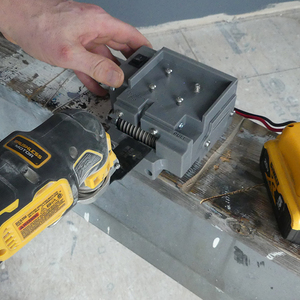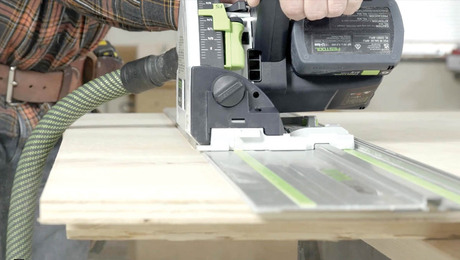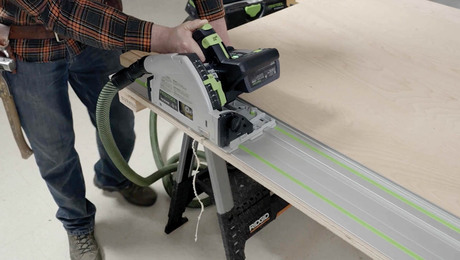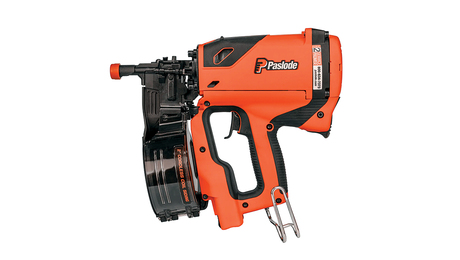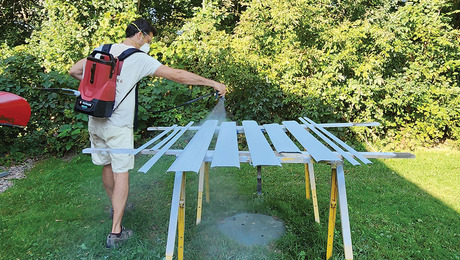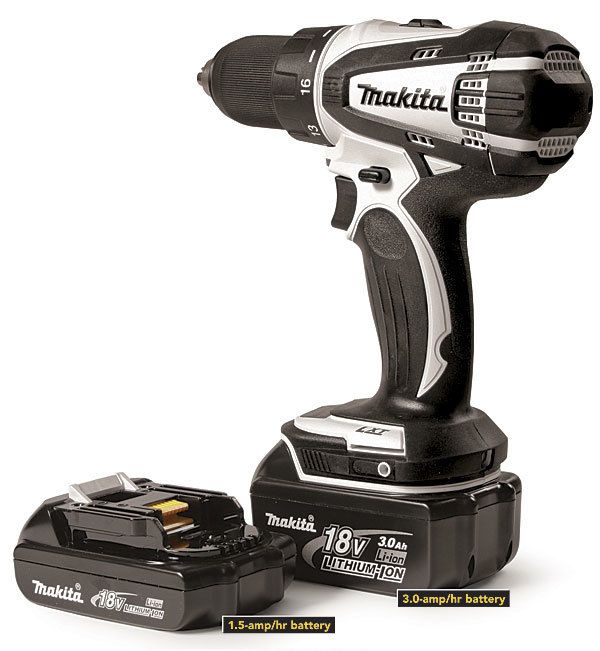
The rise in popularity of lithium-ion batteries in power tools over the past six years has brought consumers voltage options ranging from a compact 3.6v up to a muscle-packed 36v. It’s now also common to find Li-ion battery packs from the same brand, for the same tool, labeled with the same voltage, but in two different sizes. The difference is the amp-hour (amp/hr) rating.
Amp/hr is a measure of a battery’s capacity, not its power. Assuming the voltage is the same, a battery pack with a higher amp/hr rating is like a car with a bigger fuel tank. It can’t drive faster; it just goes farther between fill-ups.
Some companies have names for the different sizes. Bosch, for instance, calls its Slim Pack and Fat Pack. Other makers list the size on one or both batteries. A 3-amp/hr battery will run twice as long as a 1.5-amp/hr battery, assuming—and this is a big assumption—that the workload is identical.
If your common tasks include installing cabinet hinges, drilling pilot holes, or sinking drywall screws, a 1.5-amp/hr pack will be more than adequate. If, however, you routinely drill 2-in.-dia. holes through old-growth framing lumber, sink 8-in.-long lag screws into deck ledgers, or just want to go for a longer time between charges, go with a 3-amp/hr pack.
Photo: Rodney Diaz


